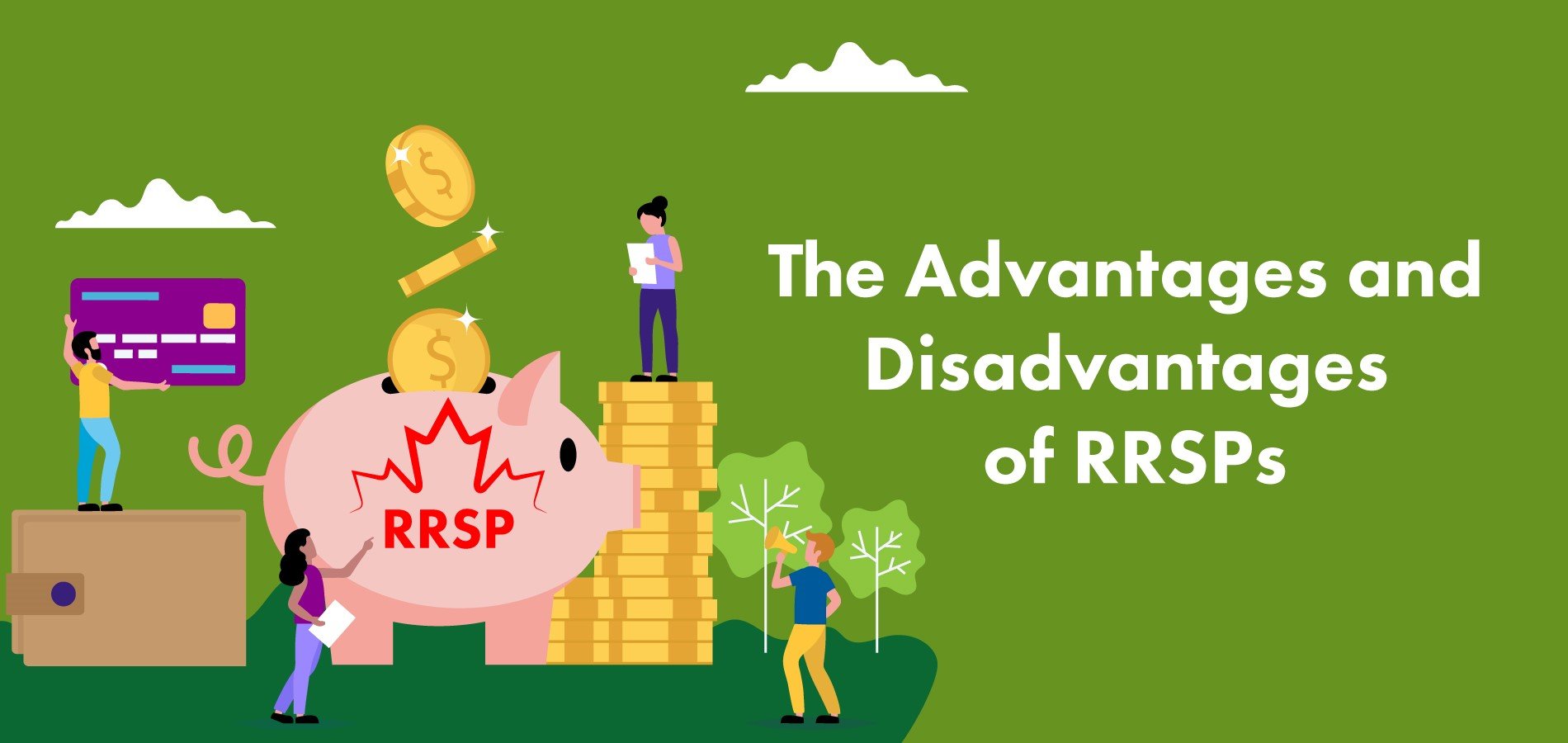Spousal RRSPs permit couples to balance their savings contributions, allowing them to pay to less tax when they withdraw money upon retirement.
So, if you are married or have a common-law partner, read on to learn how to take advantage of Spousal RRSPs to reduce your tax bill.
How does a Spousal RRSP work?
Spousal RRSPs work well for couples who have incomes in different tax brackets. This is because Spousal RRSP contribution rules allow the higher-earning spouse to reduce his or her tax burden by putting money in the spouse’s account. If the RRSP balances are roughly the same upon retirement, both spouses can make withdrawals and be taxed at a lower rate.
Let’s look at an example. Emily earns $100,000 and her common-law partner Sarah has an income of $50,000. The RRSP contribution limit is 18 percent of income. That means that Emily can contribute $18,000 and Sarah can put in $9,000.
If they simply have their own individual RRSPs, Emily’s will be much larger when they reach retirement age and start withdrawing money. This means that Emily’s tax bill will be high because she will be taking out most of the cash to support their retirement.
Now, let’s consider what happens if they set up a Spousal RRSP. Emily can contribute $13,500 to her own RRSP and another $4,500 to her partner’s Spousal RRSP. Sarah still contributes $9,000 to her RRSP. This means that both RRSPs have been increased by $13,500. When they eventually take money out of the RRSP, the withdrawals will be equal and they will be in the same (lower) tax bracket. This is one of the benefits of a spousal RRSP.
When Emily files her tax return, she gets a deduction for her $18,000 contribution. She gets the same tax break regardless of whether she puts the entire amount in her own RRSP or uses part of it for her partner’s Spousal RRSP.
Spousal RRSP contribution rules
There are rules governing contributions. You are not permitted to contribute more than the limit of 18 percent of income. You can split the money as you see fit between your RRSP and the Spousal RRSP. However, you must stay within the total limit.
It’s also important to note that the person named in the Spousal RRSP controls the account – not the individual making the contributions. This means that the account holder can decide how the money is invested and whether to withdraw funds (subject to the restrictions below).
Spousal RRSP withdrawal rules
In order to prevent people from gaming the tax system, the Canadian government has Spousal RRSP withdrawal rules. These restrict withdrawals from Spousal RRSPs. Spousal contributions cannot be taken out for three years, dating from the year that they were contributed.
If you expect to withdraw funds in the future for a specific need (such as buying a home or going back to school), be sure to contribute well in advance so that you are not blocked by the three-year rule.
Spousal RRSP Homebuyers plan
The Canadian government has Spousal RRSP withdrawal rules that allow people to take funds from their RRSPs to purchase a first home – provided that the funds are paid back within 15 years.
This is where a Spousal RRSP can make a huge difference. Both individuals can withdraw up to $35,000 from their RRSPs for a down payment on a house. Therefore, a couple can withdraw up to $70,000 towards their home. (The Spousal RRSP withdrawal is subject to the three-year rule mentioned above).
Spousal RRSP and divorce
Of course, no one expects to get divorced when they are building their RRSPs for retirement. But it does happen.
RRSPs are considered family property and are divided equally. This is regardless of how much money is in each individual’s account and who made the contributions. The Income Tax Act allows for tax-free rollovers between accounts when there is a written separation agreement.
Splitting assets can sometimes be difficult. Let’s look at an example of a Spousal RRSP divorce issue. Bob and Susan are getting divorced. Bob has a Spousal RRSP because Susan is the higher-income earner. They have $300,000 each in their RRSPs. They also own a paid-off house valued at $500,000, which Susan wants to keep. Bob will be renting an apartment.
As a result, Susan needs to “buy out” Bob’s share of the house, which would cost her $250,000. However, if she takes these funds from her RRSP, she will face a large tax hit. Instead, she may need to remortgage the house in order to pay Bob his share.
If Susan decides to withdraw the money from her RRSP to pay Bob, it will leave her retirement fund seriously depleted.
Can both spouses contribute to a Spousal RRSP?
Yes. Some financial institutions allow both partners to contribute to a Spousal RRSP. This avoids the cost of setting up a both a Spousal RRSP and a regular RRSP.
Each RRSP must have an individual named as the account holder. There is no such thing as a joint RRSP.
Spousal RRSP withdrawal tax
Let’s suppose you need to withdraw some funds from your Spousal RRSP (or regular RRSP). You might need to pay for a new roof on your house or decide to go back to school. While this is allowed under the RRSP rules, you will see a RRSP withdrawal tax – known as a withholding tax – deducted from the withdrawal. In addition, your financial institution may charge a fee for each withdrawal.
The withholding tax varies depending on the amount you are taking out of your account. It’s 10 percent on up to $5,000. For amounts from $5,001 to $15,000, it’s 20 percent. The withholding tax is 30 percent above $15,000.
When you file your income tax return, you must report the withdrawal as income. You will receive a credit for the withholding tax.
In order to minimize the withholding tax, both partners can take funds out of their individual RRSPs. Here’s a RRSP withdrawal example: If you need $9,000 for home repairs, each of you can take out $5,000. The withholding tax will be $500 each, leaving you with the amount needed. However, don’t forget to consider the fees that your financial institution will charge for each withdrawal.
Spousal RRSPs are great!
Generally, Spousal RRSPs are a terrific opportunity to reduce your taxes. As indicated above, there are a number of rules around maximum contributions and withdrawals. So be sure to check with your financial adviser before moving forward.





